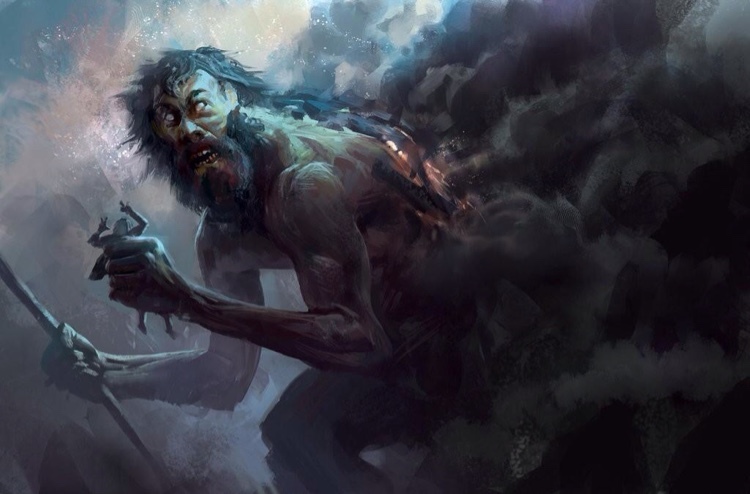Easter : PAGAN HOLIDAY
Easter was originally the celebration of Ishtar, the Assyrian and Babylonian goddess. The egg symbol was sacred to the Babylonians.
They believed that a Cosmic Egg fell from the heavens into the Euphrates river, from which the goddess Ishtar ( Venusian goddess) was hatched. For this reason, the egg came to symbolize the spring celebration of Austrõn, Ôstarâ, Ēoster or Eástre, a later Saxon goddess descended from Ishtar.
Rather than being a "Christian" holiday, Easter celebrations date back into remotest antiquity and are found around the world, as the blossoming of spring did not escape the notice of the ancients, who revered this life-renewing time of the year, when winter had passed and the sun was "born again." The "Pagan" Easter had been celebrated before the time of Jesus, every year by a number of cultures, including the Egyptians, possibly as early as 4,000 years ago and continuing to this day in some places.
Ishtar is the ancient Sumerian goddess of love, sensuality, fertility, procreation, and also of war.
In some myths she is the daughter of Enki, the god of wisdom, fresh water, magic and a number of other elements and aspects of life, while in others she appears as the daughter of the god of the moon and wisdom. She is the twin sister of the sun God ,Shamash.
She is also mentioned in all the early god lists among the four main deities, along with Anu, Enki, and Enlil.
Easter was originally the celebration of Goddess Ishtar, the Babylonian goddess of fertility. Her symbols like the egg and bunny were and still in use or did you actually think eggs and bunnies had anything to do with the resurrection.
The myth of Ishtar concerns her descent to the underworld and sacrifice of her lover Tammuz . In this story, Ishtar decided to visit the underworld, which was ruled by her sister, perhaps to seize power there. Before departing, she instructed her follower to seek the help of the gods if she did not return.
To reach the underworld, Ishtar had to pass through seven gates and remove a symbol of her power—such as an article of clothing or a piece of jewelry—at each one. At the last gate, the goddess, naked and deprived of all her powers, met her sister, who announced that Ishtar must die. She died immediately, and her corpse was hung on a stake.
Meanwhile, the god Enki learned that Ishtar was missing and sent two messengers who restored her to life. However, in order to leave the underworld, Ishtar had to substitute another body for her own. The goddess offered her young lover, Tammuz, to take her place. This tale of death and rebirth was associated with fertility and linked to the seasons and agricultural cycles, much like the story of Persephone in Greek mythology.
Today, we see a secular culture celebrating the spring equinox, whilst religious culture celebrates the resurrection. However, early Christianity made a pragmatic acceptance of ancient pagan practises, most of which we enjoy today at Easter.
The general symbolic story of the death of the sun god on the constellation of the Southern Cross and his rebirth, overcoming the powers of darkness, was a well worn story in the ancient world.
The egg obviously symbolizes this new life being born, especially as the egg shape is based on golden proportion. Golden egg is seen as an important factor in all the creation myths around the world. The rabbit symbol has several layers of meaning, one of them is that there is a rabbit shape on the Moon.
Victory to the Goddess




Comments
Post a Comment